Housing crisis: Why not use empty properties?
- Published

The housing market in the UK is "broken", according to the government and more homes are needed to cope with demand.
So why don't we use all those properties lying empty across the UK?
People need affordable homes, hundreds of thousands of houses aren't being used, so let's fill them up and solve the problem, yes?
Well, it turns out it's not as simple as that and here is why.
There aren't enough empty properties
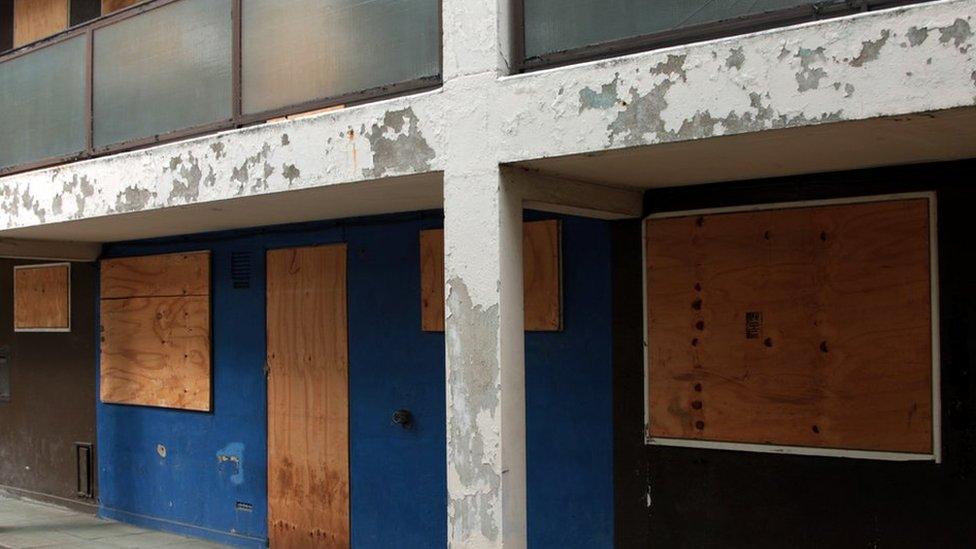
According to the latest government figures there are around 600,000 empty properties in England.
On paper that looks like a lot, but two-thirds of them are just temporarily vacant and are expected to be filled within six months.
So that leaves around 200,000 long-term empty homes in England, 34,000 in Scotland and 26,500 in Wales.
Simply put, that is not enough. The government estimates there needs to be 250,000 more properties made available each year to tackle the housing crisis.
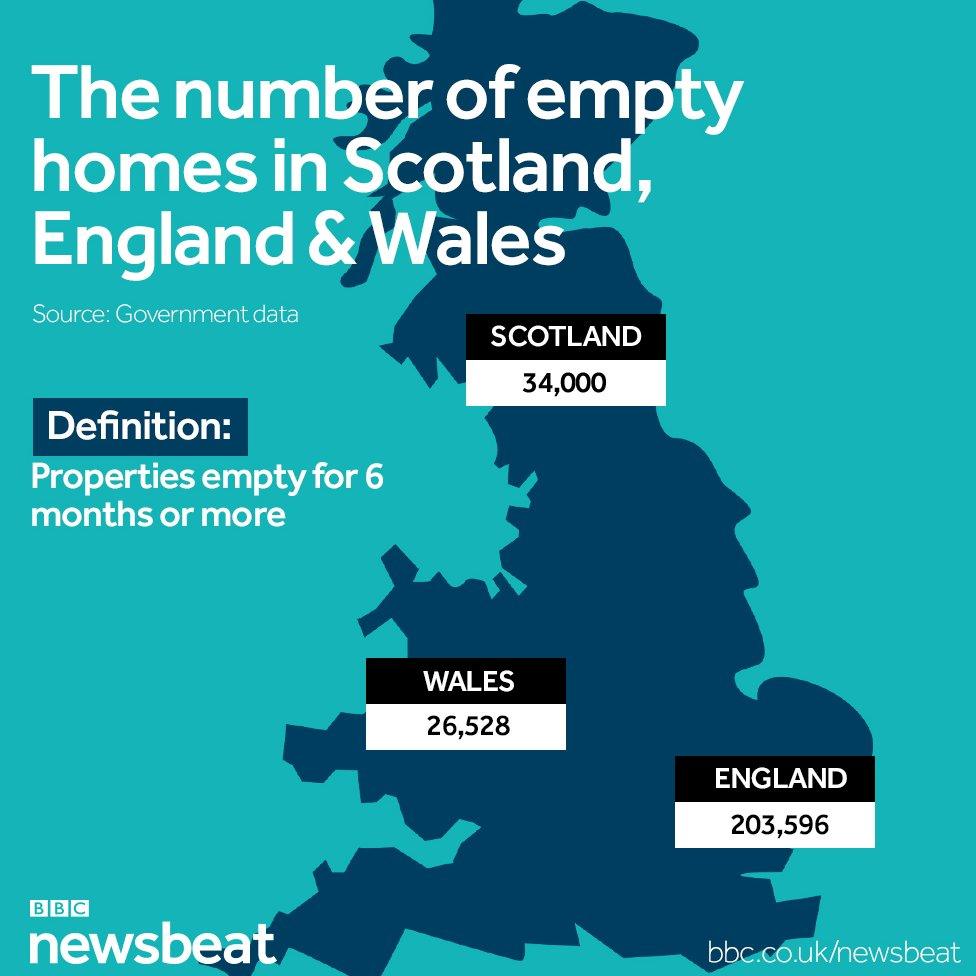
James Prestwich from the National Housing Federation says even if we managed to fill every empty property in Britain there would still be a problem.
"The housing crisis runs much deeper," he says.
"It makes sense wherever possible that empty properties are brought back in to use but the government's target is one million new homes by 2020."
People don't want to live in them
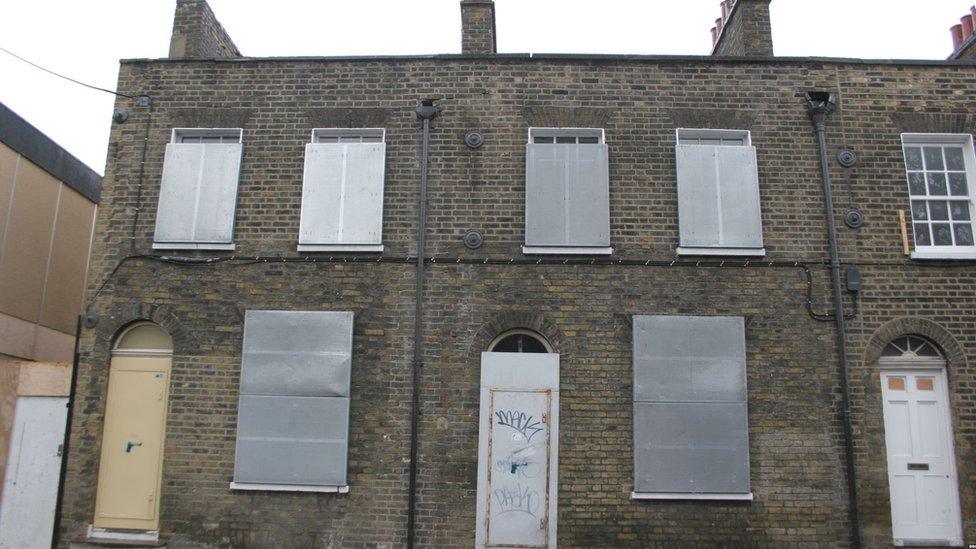
In some places in the UK, whole streets are empty because the area is no longer somewhere people want to live.
John Bibby from the charity Shelter explains that this is usually for economic reasons, such as local industries closing down.
"Often its because the houses are in places where there aren't enough jobs, where actually those homes aren't really needed that much," he says.
The feeling is that there is little point spending money on empty properties if no-one wants to move to the area where they are.
"So this is not just a problem with needing more homes," John adds. "We need to have more homes where people actually want to live."
Buy-to-leave
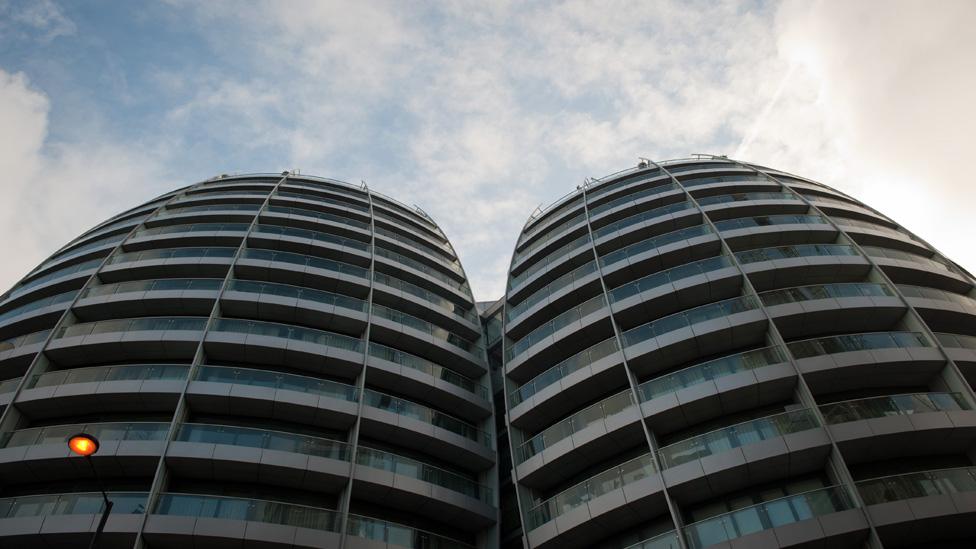
The Bezier building in London was half empty five years after completion
Then there are the properties that are empty but are unlikely to become available any time soon.
Buy-to-leave is becoming a problem in inner cities, particularly London.
Wealthy investors from outside the UK buy homes in new developments, with no intention of living in them or renting them out, simply as an investment opportunity.
The estate agent Savills estimates that two-thirds of foreign buyers are investors.
However some local authorities have attempted to clamp down on this with some success, by charging extra council tax on homes left empty for more than two years.
In the borough of Camden in London this tactic has reduced the number of empty properties by 40%.
Empty homes can still help
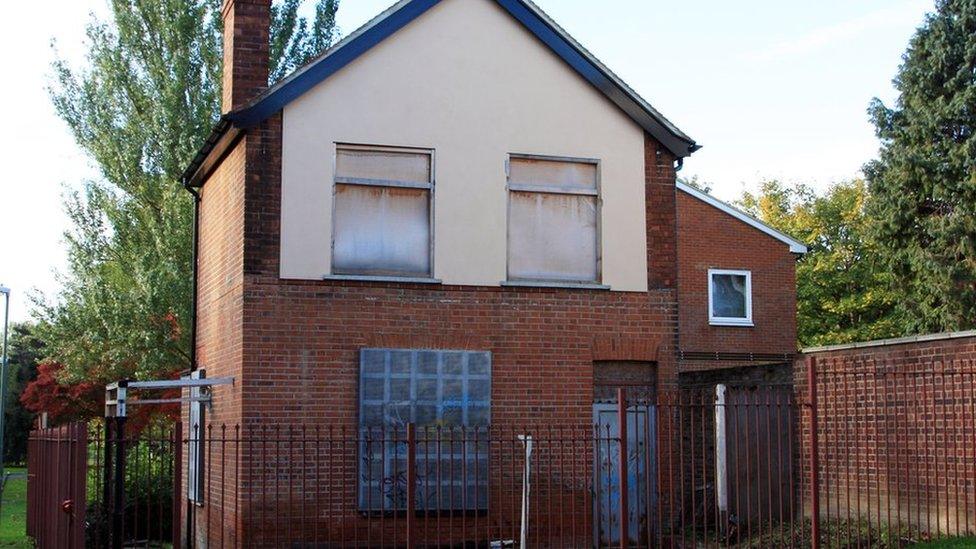
Housing charities and the government both agree that empty properties are still part of the solution though.
Local councils are given the same financial rewards for bringing an empty home back into use as building a new one.
The Department of Communities and Local Government told Newsbeat the government has brought over 100,000 empty properties back into use since 2010.
Helen Williams from the Empty Homes charity says: "Creating homes from empty properties saves substantial amounts of material compared to building new houses, and also minimises the amount of land used for development."
She also argues that it will help regenerate the areas where there are the most empty buildings.
"Empty properties are seen as a blight on a street. If brought back into use, not only is it a home for someone, it can also lift a neighbourhood.
"Other improvements are brought to the neighbourhood so more people are attracted to those places to live and stay for longer."
Find us on Instagram at BBCNewsbeat, external and follow us on Snapchat, search for bbc_newsbeat, external